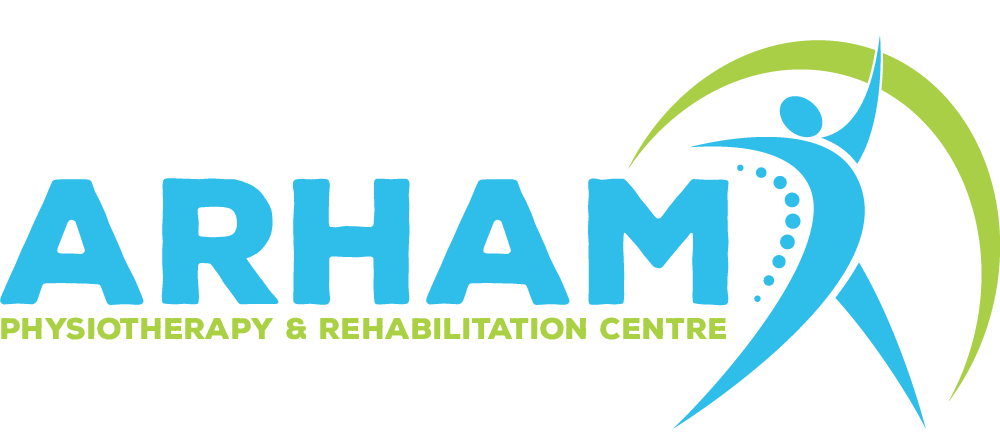The Impact of Torticollis on Child Development
Torticollis, a condition characterized by abnormal neck posture, can have significant effects on a child’s development if not addressed early. From motor skills to social interactions, the impact of torticollis on child development can be profound. In this blog, we delve into the various aspects of this condition and how it can affect a child’s growth and well-being.
What is Torticollis?
Torticollis, or “wry neck,” is a medical disorder characterized by the contraction of neck muscles, resulting in the head twisting to one side. It might manifest from birth (congenital) or develop subsequently (acquired). Congenital torticollis often occurs due to abnormal positioning in the womb or birth trauma, while acquired torticollis can result from muscle spasms, injury, or underlying medical conditions.
Impact on Motor Development:
One of the primary concerns with torticollis is its effect on motor development. The abnormal neck posture can lead to asymmetrical movement patterns, affecting the development of motor skills such as crawling, sitting, and walking. Children with torticollis may demonstrate delays in achieving developmental milestones, as the condition limits their ability to explore and interact with their environment.
Challenges with Sensory Integration:
Torticollis can also impact sensory integration—the process of organizing sensory information from the environment to produce appropriate responses. Asymmetrical muscle tension caused by torticollis may affect the way a child processes sensory input, leading to difficulties in balance, coordination, and spatial awareness. These challenges can further hinder a child’s participation in activities and social interactions.
Cognitive and Social Development:
The effects of torticollis extend beyond physical development to cognitive and social domains. Children with torticollis may experience frustration and discomfort due to limited mobility and difficulty engaging in activities with their peers. This can impact their self-esteem and confidence, affecting their social interactions and emotional well-being. Additionally, cognitive development may be affected as the child’s ability to explore and learn from their surroundings is compromised.
Early Intervention and Treatment:
Early intervention is crucial in addressing torticollis and mitigating its impact on child development. Physical therapy is vital in stretching and strengthening the affected neck muscles, promoting symmetrical movement patterns, and facilitating motor development. Additionally, positioning techniques and exercises can help improve the range of motion and prevent secondary complications such as plagiocephaly (flat head syndrome).
FAQS:
Que: What causes torticollis in children?
Ans: Torticollis in children can be congenital (present at birth) or acquired. Congenital torticollis may result from abnormal positioning in the womb or birth trauma, while acquired torticollis can occur due to muscle spasms, injury, or underlying medical conditions.
Que: How does torticollis affect motor development?
Ans: Torticollis can lead to asymmetrical movement patterns, affecting motor skills such as crawling, sitting, and walking. Due to limited mobility and difficulty exploring their environment, children with torticollis may experience delays in achieving developmental milestones.
Que: What are the challenges with sensory integration in children with torticollis?
Ans: Torticollis can affect sensory integration by organizing sensory information to produce appropriate responses. Asymmetrical muscle tension may lead to balance, coordination, and spatial awareness difficulties, hindering a child’s participation in activities and social interactions.
Que: How does torticollis impact cognitive and social development?
Ans: Children with torticollis may experience frustration and discomfort, impacting their self-esteem and confidence in social interactions. Limited mobility and exploration may also affect cognitive development, as children have fewer opportunities to learn from their surroundings.
Que: What is the importance of early intervention for torticollis?
Ans: Early intervention is crucial in addressing torticollis and minimizing its impact on child development. Physical therapy can help stretch and strengthen affected neck muscles, promote symmetrical movement patterns, and facilitate motor development.
Que: Can torticollis lead to secondary complications?
Ans: Yes, torticollis can lead to secondary complications such as plagiocephaly (flat head syndrome) due to prolonged asymmetrical positioning. Early intervention and proper positioning techniques can help prevent these complications.
Que: How is torticollis diagnosed?
Ans: A healthcare professional typically diagnoses torticollis through physical examination. Imaging tests, such as X-rays or ultrasounds, may be asked to assess the severity of the illness and rule out other contributing causes.
Que: What treatments are available for torticollis?
Ans: Treatment for torticollis often involves physical therapy to stretch and strengthen neck muscles, along with positioning techniques and exercises to improve range of motion. In severe cases, surgery may be recommended.
Que: Can torticollis resolve itself without treatment?
Ans: While mild cases of torticollis may improve with conservative measures such as stretching exercises and proper positioning, persistent or severe cases may require more intensive intervention to prevent long-term complications.
Que: How can parents support a child with torticollis at home?
Ans: Parents can support their child with torticollis by following the recommendations of healthcare professionals. This includes performing prescribed stretching exercises, maintaining proper positioning during sleep and play, and providing encouragement and emotional support throughout the treatment process.
Conclusion:
In conclusion, torticollis can have significant implications for a child’s development across multiple domains. From motor skills to social interactions and cognitive abilities, the impact of this condition underscores the importance of early detection and intervention. By addressing torticollis promptly and implementing targeted therapies, we can support optimal development and enhance the quality of life for children affected by this condition.
